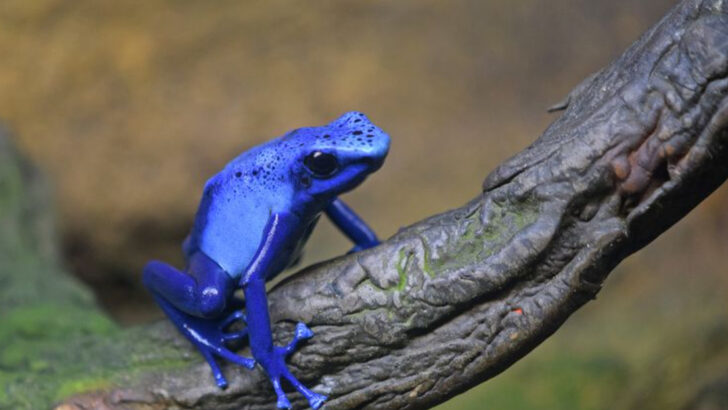Some zoo animals don’t just turn heads—they drain budgets.
Behind those glass walls and lush enclosures are creatures so rare, so demanding, they rack up bills that could rival a celebrity lifestyle. We’re talking over a million dollars a year—for a single animal.
Think endless food, climate-controlled habitats, top-tier vet care, and full-time staff tending to every whim. It’s not just about survival—it’s about recreating a wild home, down to the last detail.
This list dives into 17 animals that cost zoos a fortune to care for. They’re beautiful, powerful, and wildly expensive—and visitors love them for it.
Giant Panda
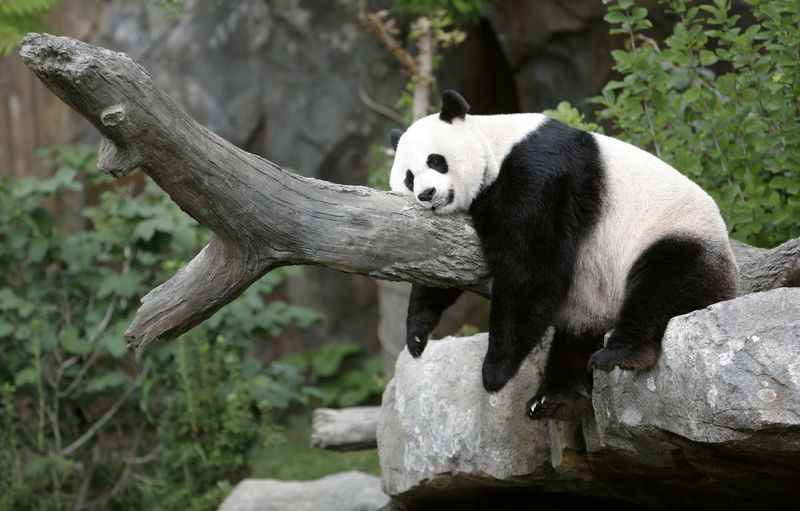
Giant pandas have captured hearts globally with their distinctive black and white fur and gentle demeanor. They require extensive bamboo, their primary diet, which can be costly to source in large quantities, especially outside of their native China.
Additionally, their habitats need to mimic their natural environment closely, which means vast enclosures filled with climbing structures and vegetation.
Given their status as a conservation icon, pandas also need specialized veterinary care and breeding programs to ensure their survival. Due to these factors, it’s no wonder that giant pandas are one of the most expensive animals to maintain in zoos worldwide.
African Elephant
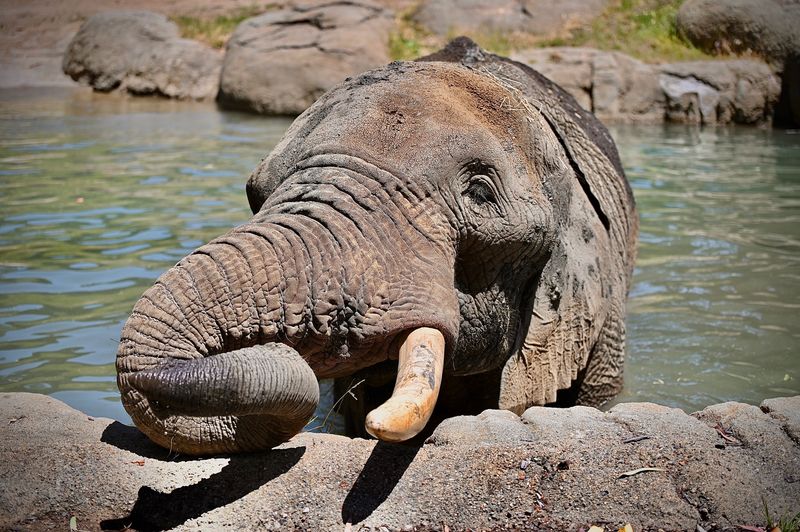
With their imposing size and gentle nature, African elephants are a favorite among zoo-goers. However, their size also means they require large enclosures to roam.
Elephants consume hundreds of pounds of food daily, including hay, fruits, and vegetables, adding to their care expenses. Their social nature necessitates companionship, usually requiring zoos to house more than one.
Veterinary care includes regular foot care and health checks, which can be costly. These gentle giants embody the grandeur of nature but come with a hefty price tag that reflects their needs.
Orangutan
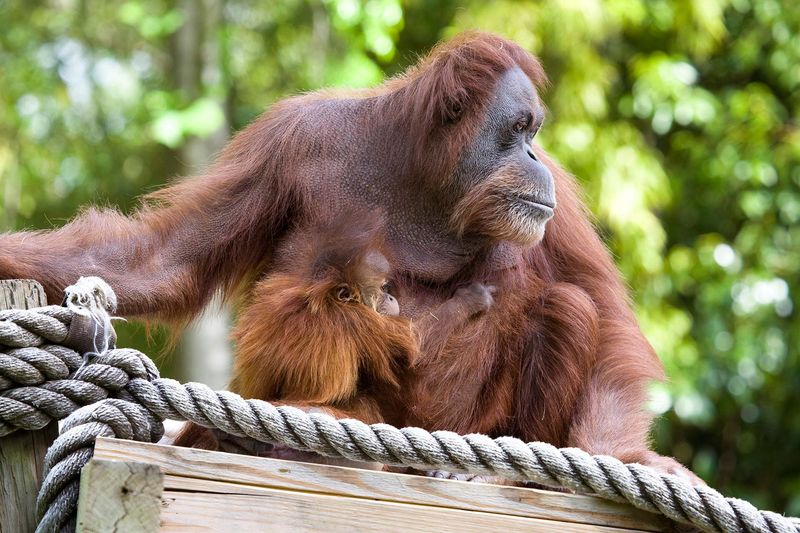
Orangutans are incredibly intelligent and require environments that stimulate their mental and physical faculties. This means zoos must provide enriching activities and complex enclosures that mimic the rainforest canopy.
Their diet of fruits, leaves, and insects, often imported, adds to the cost. Additionally, orangutans are prone to certain diseases, requiring regular veterinary attention.
These factors make orangutans among the costliest primates to care for in captivity. Their striking appearance and intelligent demeanor make them a cherished, albeit expensive, presence in zoos.
Polar Bear
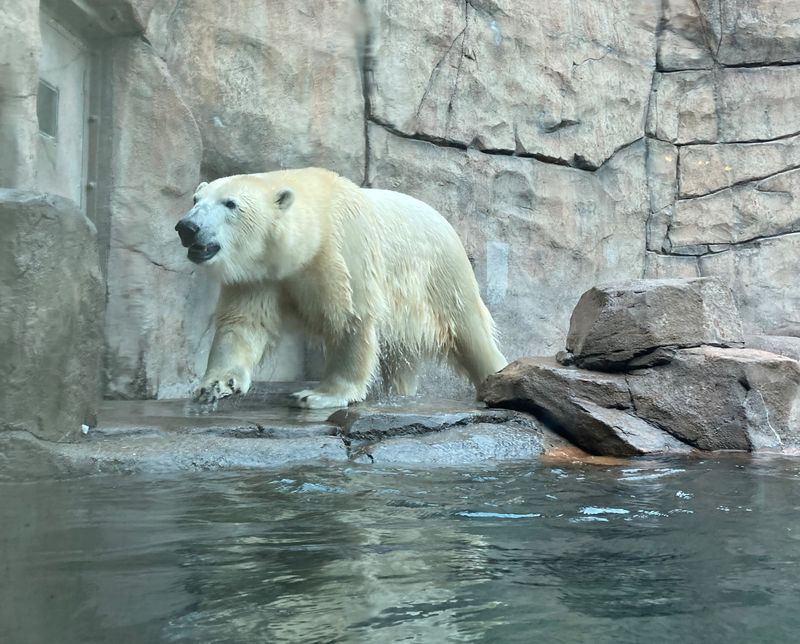
Polar bears are adapted to the chilly Arctic, necessitating zoos to recreate these cold conditions at great expense. Their enclosures often include large swimming areas, as swimming is essential for their physical health.
Polar bears have a carnivorous diet, primarily consisting of fish and meat, which can be expensive to maintain. Specialized veterinary care ensures these magnificent predators remain healthy, accounting for their high maintenance cost.
Their impressive size and unique adaptations make polar bears a standout attraction but require substantial financial investment.
Komodo Dragon
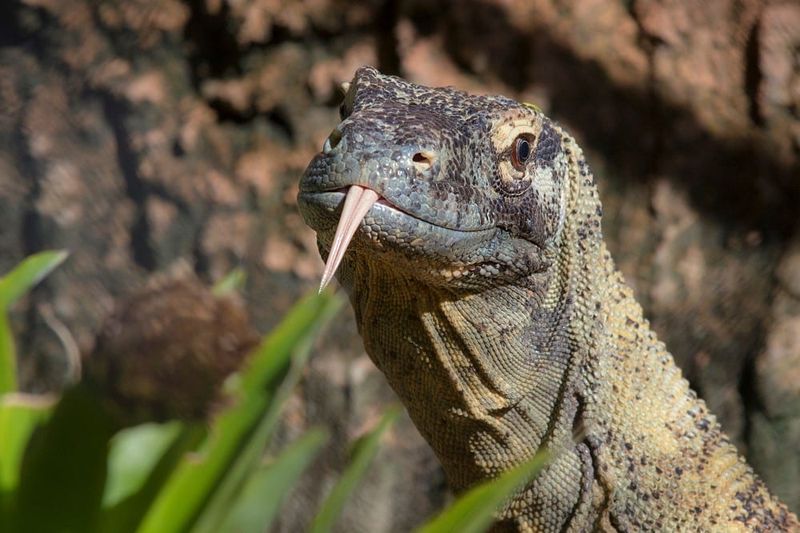
The Komodo dragon, with its prehistoric appearance, is a fascinating creature that captivates visitors. Native to a few Indonesian islands, they require warm, dry enclosures with plenty of space.
Their carnivorous diet consists mainly of large animal carcasses, which are costly and challenging to source regularly. Due to their susceptibility to various diseases, regular veterinary checks are crucial.
These elements contribute to their high upkeep costs. Komodo dragons, with their unique look and formidable presence, are a remarkable yet expensive addition to zoo collections.
Giraffe
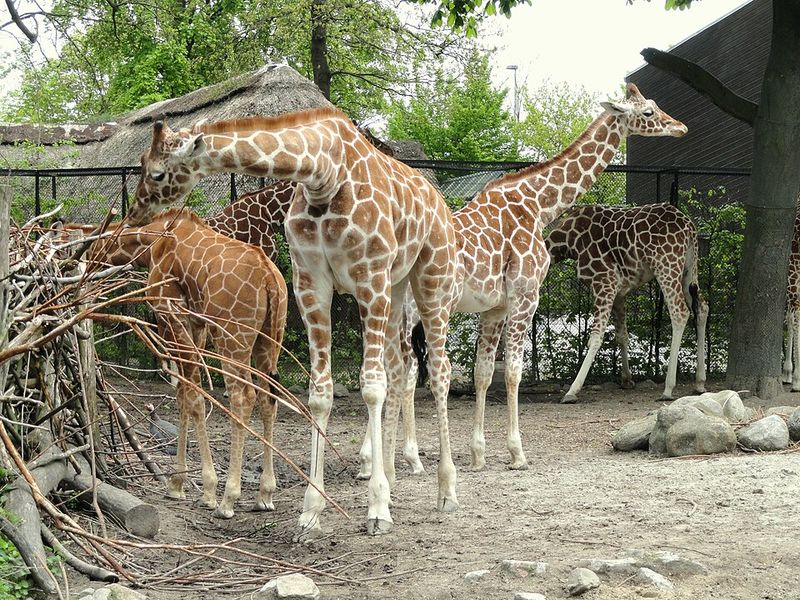
Giraffes are known for their towering height and gentle demeanor, requiring enclosures that accommodate their size. Their diet of hay and specially imported acacia leaves adds to the cost.
Giraffes are social animals, so zoos often keep them in groups, further increasing their care expenses. Regular veterinary care, including hoof trimming and health checks, is essential.
These elegant creatures, with their serene presence and iconic necks, are a favorite among zoo visitors, even though they are among the more costly animals to maintain.
Siberian Tiger
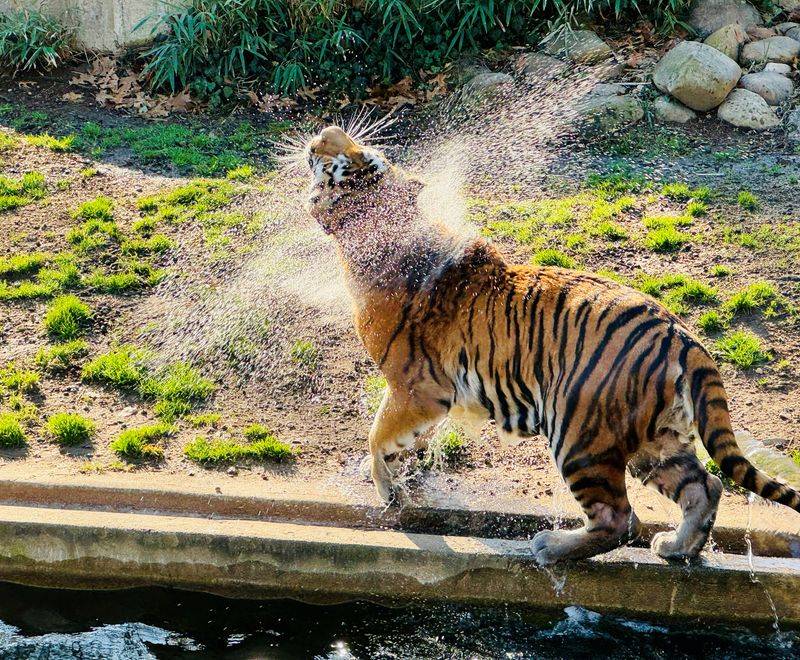
Siberian tigers, among the largest and most elusive big cats, require expansive enclosures that mimic their native habitat. Their carnivorous diet of fresh meat is a significant expense.
These tigers need ample space to roam and hunt-like experiences to keep them mentally stimulated. Regular health check-ups are crucial due to their vulnerability to certain diseases.
The captivating beauty and imposing stature of the Siberian tiger make them a major attraction, but their care comes with substantial financial requirements, reflecting their majestic nature.
Gorilla
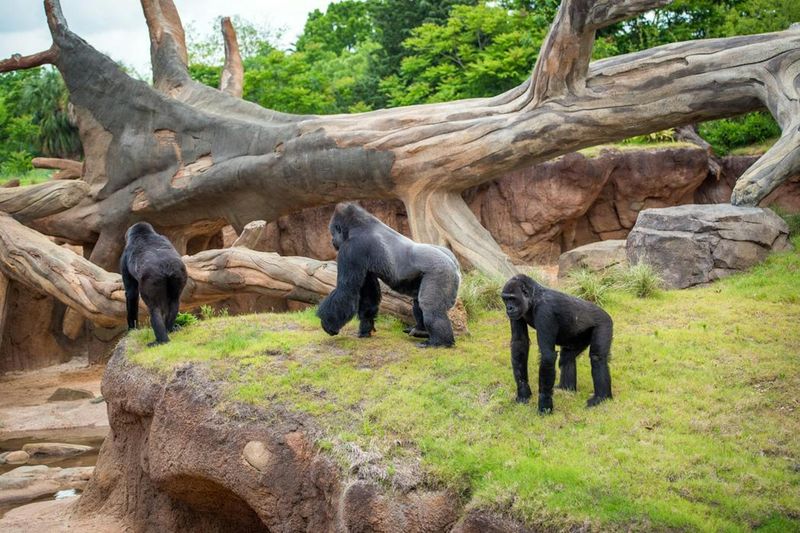
Gorillas, with their human-like expressions and social structures, demand complex enclosures that allow for social interaction and play. Their diet, rich in leafy greens, fruits, and vegetables, is costly to supply.
Gorillas require mental stimulation, often provided through puzzles and enrichment activities, adding to maintenance costs. Regular veterinary care is essential to monitor their health, given their susceptibility to several illnesses.
Gorillas’ presence in zoos provides an insightful look into primate behavior, but this comes with a hefty price tag due to their specific needs.
King Penguin
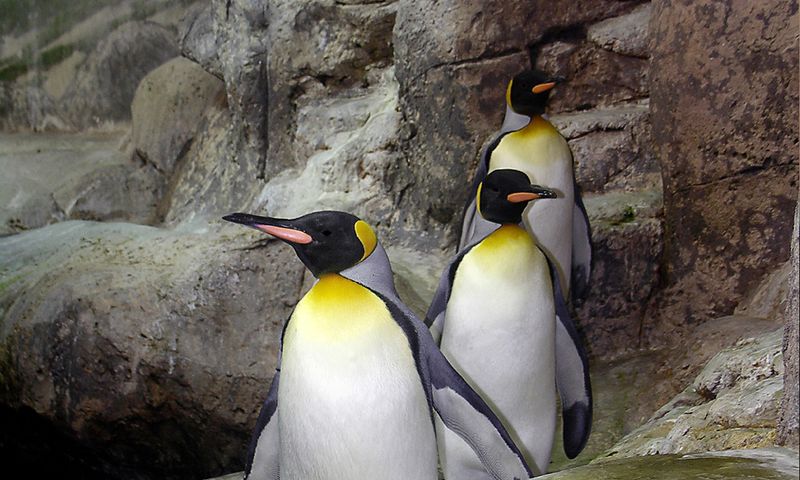
King penguins delight audiences with their distinctive waddle and vibrant markings, but replicating their cold Antarctic environment is costly. Specialized cooling systems keep their enclosures icy and comfortable.
Their diet consists of fresh fish, which must be sourced reliably and frequently. Penguins also require regular health assessments to prevent disease outbreaks.
The combination of these requirements makes king penguins among the more expensive birds to care for in zoos. Despite the costs, their charming appearance and amusing antics make them a beloved exhibit feature.
Hippopotamus
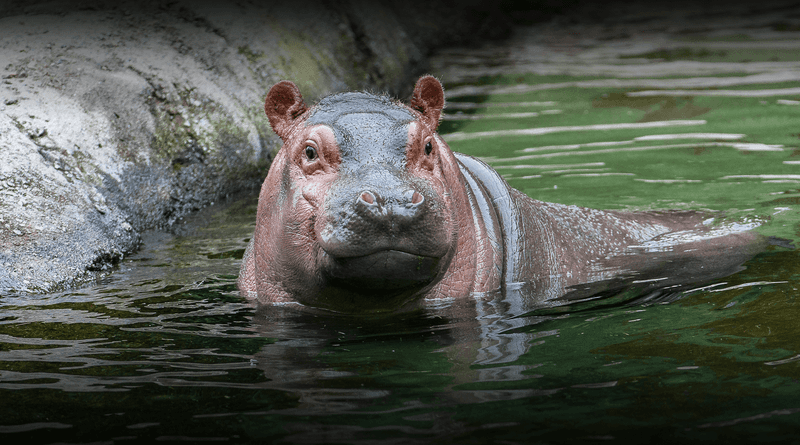
Hippos, with their massive bodies and aquatic nature, require large water enclosures that mimic their riverine habitats. Their diet of hay and specially formulated pellets is hefty, as they consume large quantities.
Water quality must be meticulously maintained to prevent health issues, requiring advanced filtration systems. Regular veterinary care, including dental checks, is vital due to their susceptibility to various conditions.
The hippo’s blend of imposing size and surprising grace makes it a fascinating, though costly, zoo inhabitant.
Snow Leopard
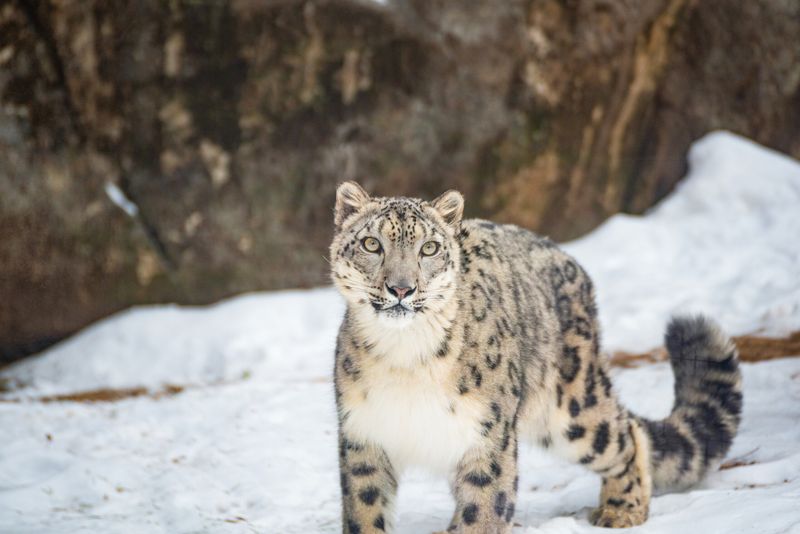
Snow leopards are beautiful yet elusive creatures that require cold, mountainous enclosures. Their diet of fresh meat is expensive, given their carnivorous nature.
Snow leopards need extensive space to roam and hide, ensuring they exhibit natural behaviors. Regular health monitoring is crucial due to their vulnerability to several diseases.
As one of the more costly big cats to maintain, snow leopards captivate visitors with their stunning appearance and mysterious allure, but their care reflects their specialized needs.
Blue Poison Dart Frog
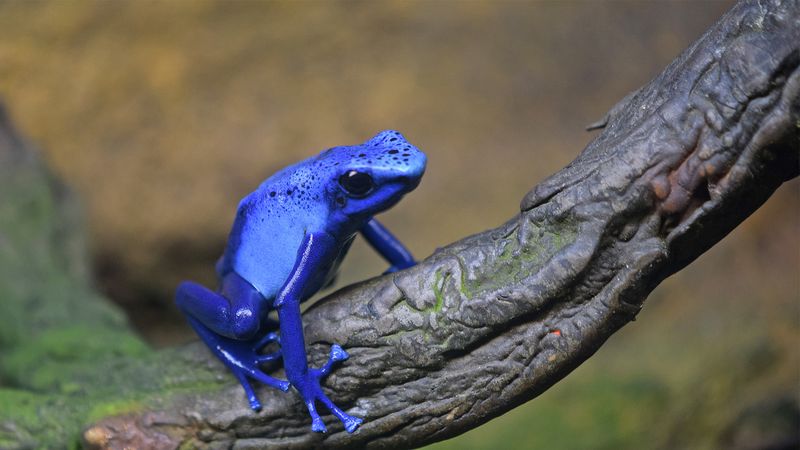
Small but mighty, the Blue Poison Dart Frog is renowned for its vivid color and potent toxicity. Housing these frogs requires carefully controlled environments that replicate their natural, humid habitat. Temperature and humidity levels must be meticulously monitored to keep them healthy.
Feeding these frogs involves providing a steady supply of live insects, which can be expensive over time. Furthermore, the cost of maintaining their specialized enclosures adds to the overall expense.
Though tiny, their role in educating the public about biodiversity and ecological balance makes them invaluable to zoos.
Rhinoceros
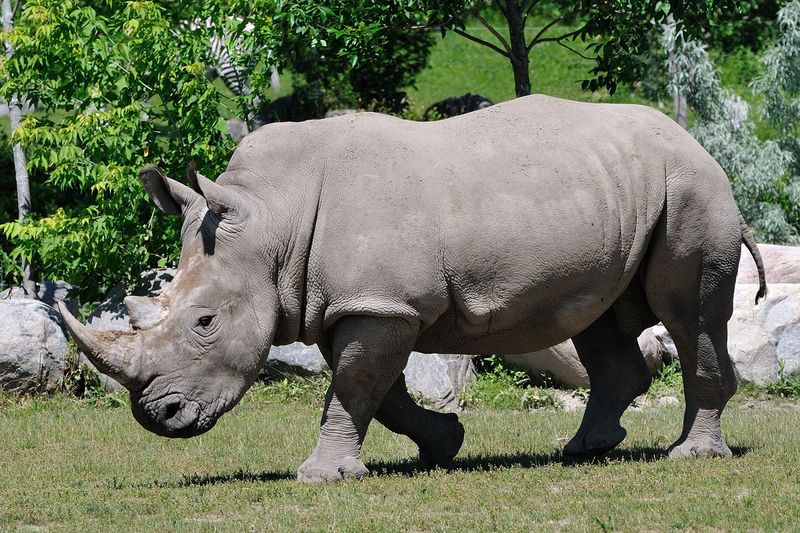
Rhinoceroses, with their robust bodies and iconic horns, require extensive enclosures mirroring their natural habitats. Their diet of hay, fruits, and specially formulated pellets is costly.
Rhinos are social creatures, often needing companions, which increases care expenses. Regular veterinary oversight, including horn care and health assessments, is crucial.
The captivating presence of rhinos, combined with their conservation status, makes them a valuable zoo attraction, but one that comes with significant upkeep costs due to their specialized care requirements.
Koala
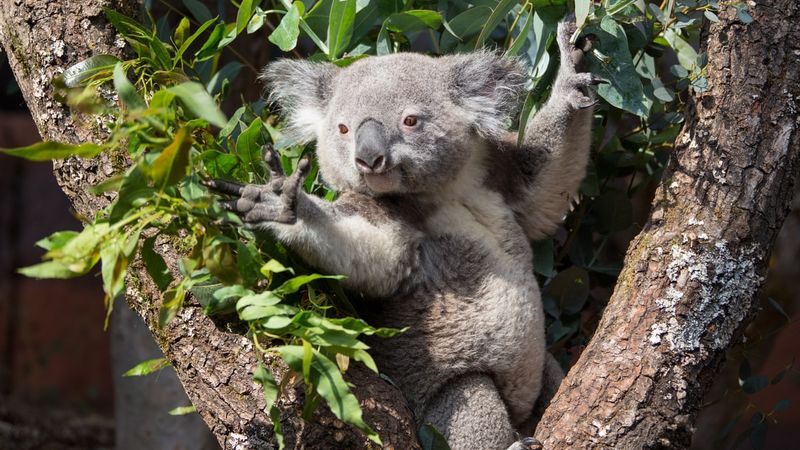
Koalas, native to Australia, spend much of their time in trees, requiring zoos to replicate eucalyptus-rich habitats. Their diet exclusively consists of fresh eucalyptus leaves, which can be difficult and expensive to obtain outside their native country.
Koalas are prone to certain diseases, necessitating regular veterinary care. Their sleepy demeanor and unique appearance endear them to zoo visitors, but their care reflects a significant investment due to their specific dietary and environmental needs.
Okapi
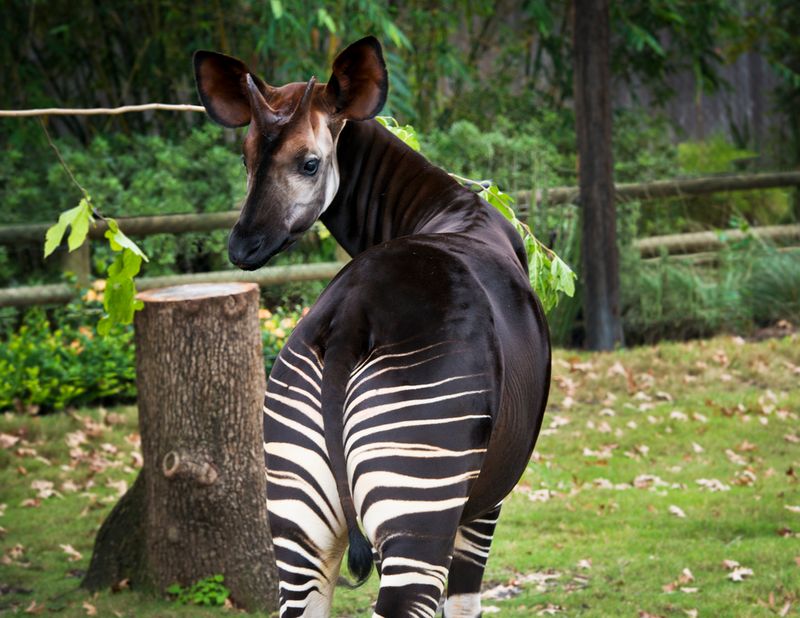
The okapi, with its unique combination of zebra stripes and giraffe-like body, attracts attention wherever it resides. They require dense forest-like enclosures and a diet of leaves, fruits, and vegetables, which can be costly to provide.
Okapis require regular health checks due to their susceptibility to diseases. These enigmatic creatures, with their striking appearance and gentle nature, are a fascinating attraction in zoos but come with considerable maintenance costs, reflecting their specialized care requirements.
Harpy Eagle
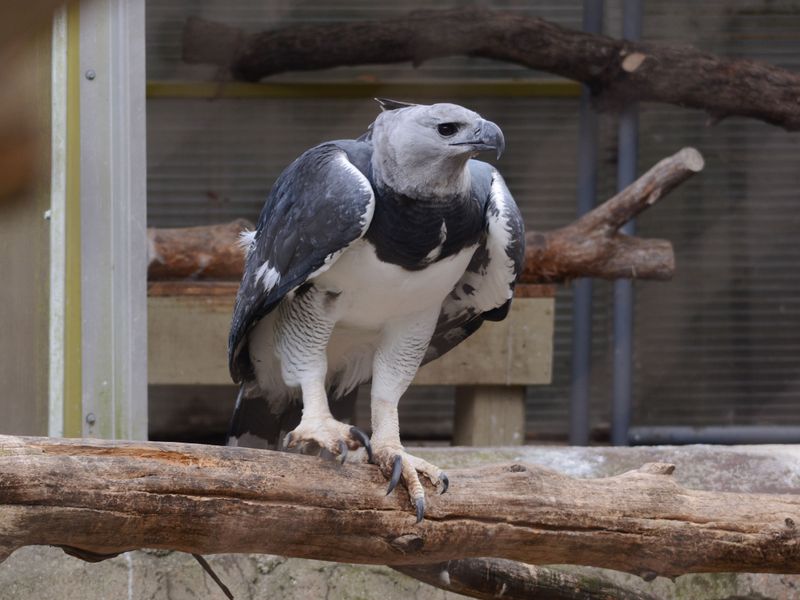
The harpy eagle, one of the largest and most powerful eagles, requires expansive aviaries to soar and hunt. Their diet of fresh meat, including small mammals and birds, is expensive to maintain.
Harpy eagles need regular veterinary care to ensure their health and well-being. These birds are rare in captivity, and their conservation status adds to the cost of maintaining them in zoos.
Their majestic presence and powerful build make them a standout attraction, but with a price tag that reflects their grandeur.
Galápagos Tortoise
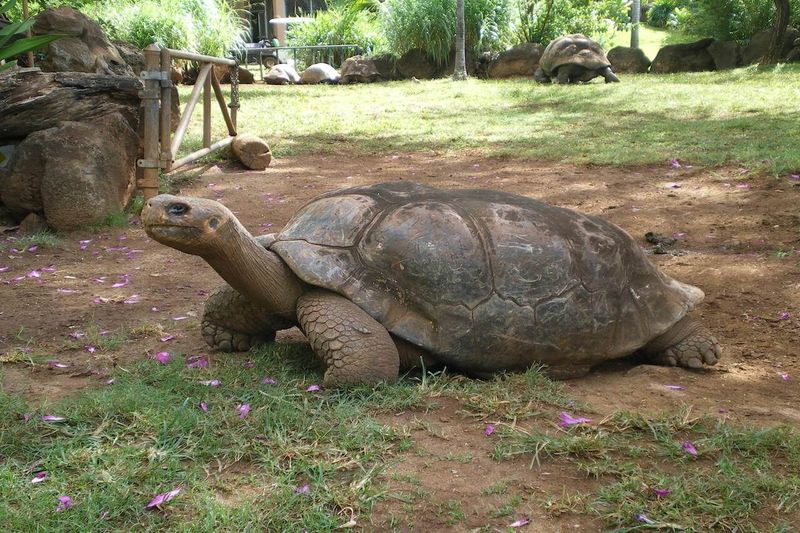
Galápagos tortoises, known for their longevity and massive size, require extensive enclosures that mimic their island habitats. Their diet of leafy greens, fruits, and vegetables is costly due to the sheer quantity needed.
Regular health monitoring, including shell care and veterinary checks, is essential for their well-being. These ancient reptiles, with their slow, deliberate movements and impressive longevity, capture the fascination of zoo visitors.
However, their specialized care requirements make them a costly but rewarding investment for any wildlife establishment.

